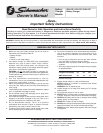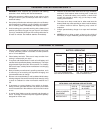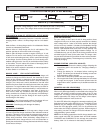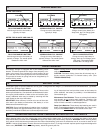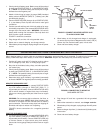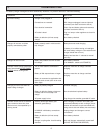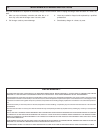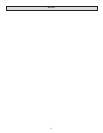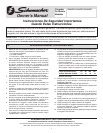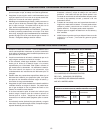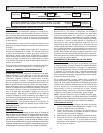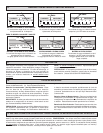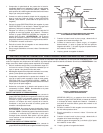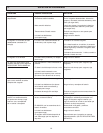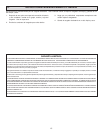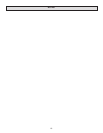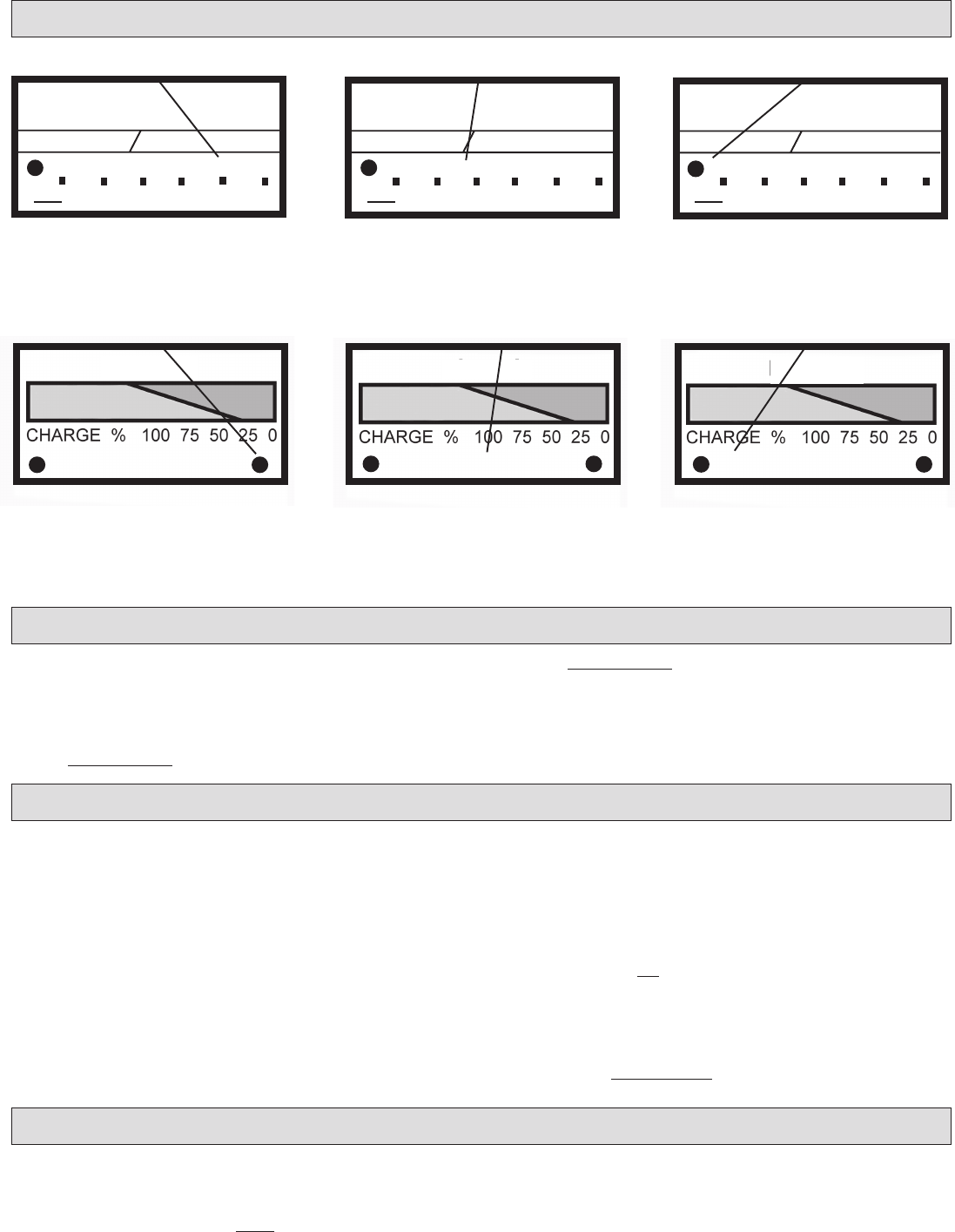
4
This battery charger is equipped with a self-resetting circuit
breaker. This device protects the charger from temporary over-
loads. In the event of an overload, the circuit breaker will trip
open and after a short cooling off period will reset automatically.
This process is known as cycling and can be recognized by an
audible
clicking sound.
When charging battery out of the vehicle, take care to determine the battery type. To reduce risk of a spark near battery, follow these
steps when battery is outside vehicle. WARNING: A spark near battery may cause battery explosion. WARNING: When removing battery
from vehicle or boat, disconnect grounded pole first. When disconnecting, make sure all accessories are off, so as not to cause an arc.
(NOTE: A marine (boat) battery
must be removed and charged on shore. (To charge on board requires special equipment designed for
marine use.) WARNING: When reinstalling battery, attach the ground post first.
Three basic types of lead-acid batteries can be given a charge with this charger: (1) Conventional and Low Maintenance, (2) Mainte-
nance Free, (3) Deep Cycle / Marine.
Conventional and Low Maintenance Batteries. These are the
antimony/lead batteries. Conventional/Low Maintenance batter-
ies require periodic addition of water to the acid solution (elec-
trolyte). Additional water may be added by removing the filler
caps located on the top of the battery.
IMPORTANT: When antimony is known to be one of the mate-
rials used in the battery's construction, that battery is a Low
Maintenance/Conventional type.
CAUTION: Some Low Maintenance batteries have a relatively
smooth top without any apparent battery filler caps. If, however,
the battery manufacturer/distributor recommends periodic check-
ing of electrolyte level and provides access to the battery for
water additions, the battery is probably a Low Maintenance/
Conventional type.
Maintenance Free Batteries. These are calcium/lead batteries
and normally do
not require water additions. Therefore, filler
caps have been removed from the battery surface. These bat-
teries will have a smooth or sealed appearance.
Deep Cycle Batteries. These heavy duty batteries are used in
boats, construction equipment, sump pumps, etc. They are nor-
mally marked
DEEP CYCLE on the outside of the case.
FULLY CHARGED BATTERY
Charge current to the battery is 0
Amps. And, the Full Charge green
LED glows.
APPROACHING FULL CHARGE
Charge current to the battery is
typically 5 Amps.
FULLY DISCHARGED BATTERY
Initial charge current to the battery is
typically 10 Amps.
H. OPERATING INSTRUCTIONS: CHARGING BATTERY OUT OF THE VEHICLE
G. BATTERY TYPES
NOTE: Clicking sound is normal. Wait until charger automati-
cally resets itself.
CAUTION: Persistent clicking (more than 30 minutes) may in-
dicate reverse connection or shorted battery cells. (See
TROUBLESHOOTING).
F. CIRCUIT BREAKER
E. READING AMMETER:
D C AMPS
CHARGED CHARGING
CHARGE COMPLETE
2 4 6 8 10 12
D C AMPS
CHARGED
CHARGING
CHARGE COMPLETE
2 4 6 8 10 12
D C AMPS
CHARGED
CHARGING
CHARGE COMPLETE
2 4 6 8 10 12
METER FOR 612A-PE
METER FOR 5216A-PE AND 520A-PE
FULL CHARGE
POWER ON
START
FULL CHARGE
POWER ON
START
FULL CHARGE
POWER ON
START
FULLY CHARGED BATTERY
Charge current to the battery is
0 Amps. And, the Full Charge green
LED glows. The needle points
towards the Full Charge LED.
APPROACHING FULL CHARGE
Charge current to the battery is
typically 5 Amps. The needle points
towards the 100% mark.
FULLY DISCHARGED BATTERY
Initial charge current to the battery is
typically 10 Amps. The needle points
towards the 25% mark.



